Kamakura
by japan-guide.com
This are the official japan-guide.com autumn color reports for 2009 from our trips to various autumn leaf spots across Japan. Check our page on Autumn Leaves for general information.
| previous post |
| next post |
2009/12/02 - Kamakura
by scott and schauwecker
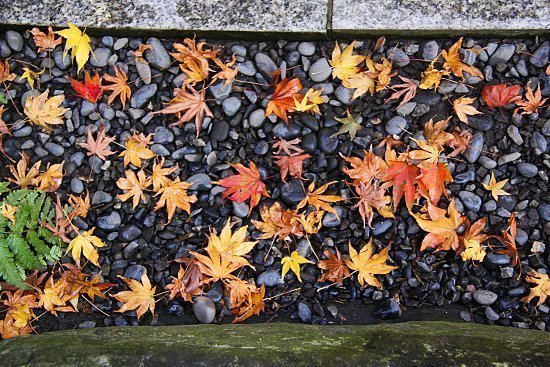
Among the last regions of Japan to see autumn colors are not only the southern tips of Japan's southern main islands of Shikoku and Kyushu, but also the greater Tokyo area. Today we visited Kamakura, one train hour south of Tokyo, where the trees do not usually reach the peak of their autumnal beauty until December.
This year's autumn colors appeared to be about a week ahead of last year's schedule. We covered eleven shrines and temples, including all of the city's five leading Zen temples. Starting from Hase Station at 8:30 and ending at Kita-Kamakura Station at 14:30, we must have covered about 15 kilometers on foot.

Autumn colors at our first stop, Hasedera, were close to their peak, especially around the ponds near the temple's entrance. Through December 6th, Hasedera's gardens are illuminated in the evenings until 18:30 on weekdays and until 19:00 on weekends (admission ends 30 minutes before closing time).
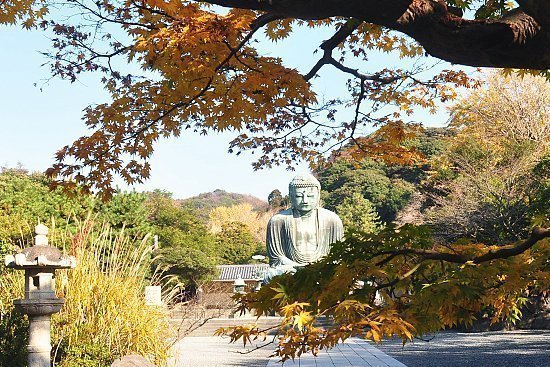
Kamakura's Great Buddha (Daibutsu) is not known as a leading koyo spot, but there were a few colorful maple and ginkgo trees near the statue.
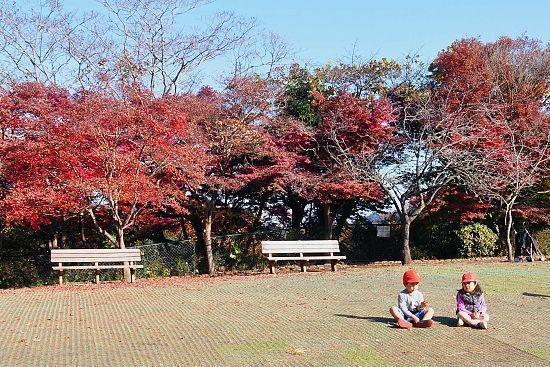
Genjiyama Park, on the top of one of the many hills that surround Kamakura, has quite a lot of maple trees planted around a statue of Minamoto Yorimoto, the founder of the Kamakura Government. However, the trees were already beyond their peak and started losing their leaves.
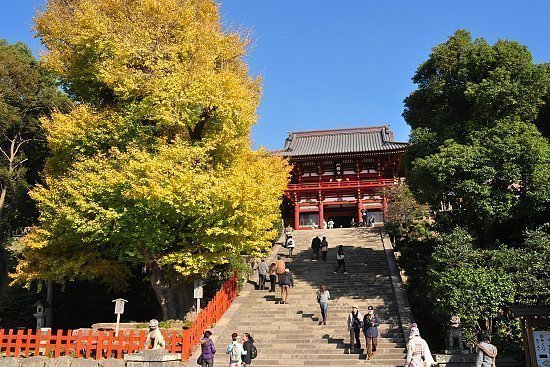
An iconic ginkgo tree next to the stairs to Tsurugaoka Hachimangu's main hall, is the shrine's main attraction in terms of autumn colors. The tree is beautifully golden right now, although lower branches still carry some greenish leaves, and its crown is already balding.
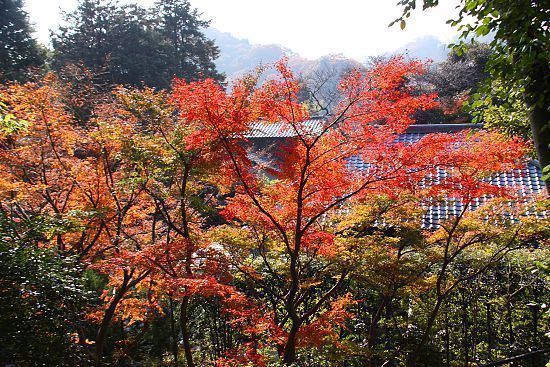
Next we visited Jomyoji, number five of Kamakura's five most important Zen temples. Not expecting a lot of colors, we were pleasantly surprised by the maple trees behind the main hall, and even more so by a very popular Western style restaurant on the temple grounds. We enjoyed a nice but expensive lunch on the restaurant's garden terrace.
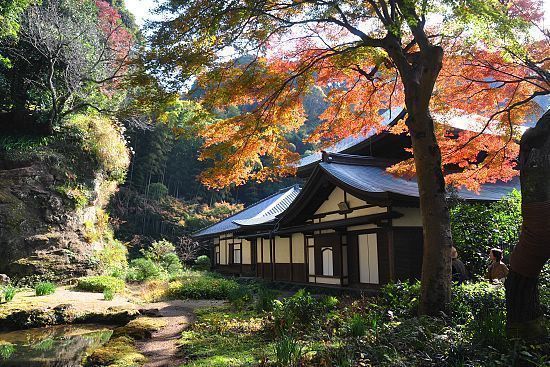
One of the most popular spots of today was Zuisenji, a Zen temple in the far east of Kamakura. Colors were not abundant in the temple's garden, as its many plum trees were completely naked. The koyo highlight was a vibrant maple tree behind the main hall and next to Zuizenji's famous stone garden.
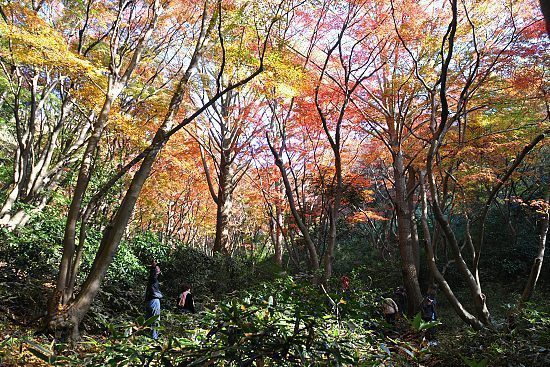
Next we headed into the forested hills of Kamakura, following the crowds of elderly hikers into the Shishimai Valley. After the manicured temple gardens, the valley offered a more natural setting to see maple and ginkgo trees. The colors appeared close to their peak.

Finally we stopped by some temples in Kita-Kamakura, where the maple tree lined entrance to Engakuji, Kamakura's second most important Zen temple, offered the best colors. But generally speaking, both Engakuji and Kenchoji, Kamakura's leading Zen temple, did not come with an overwhelming amount of autumn colors.
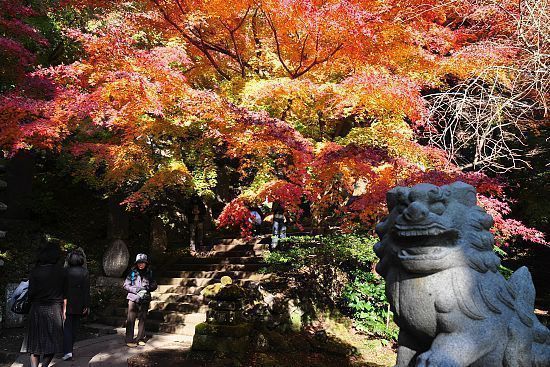
| previous post |
| next post |
|
List of Posts:
2009/12/08 - Tokyo 2009/12/02 - Kamakura 2009/11/27 - Tokyo 2009/10/28 - Mount Fuji 2009/09/30 - Kusatsu Onsen |
Questions? Ask in our forum.


